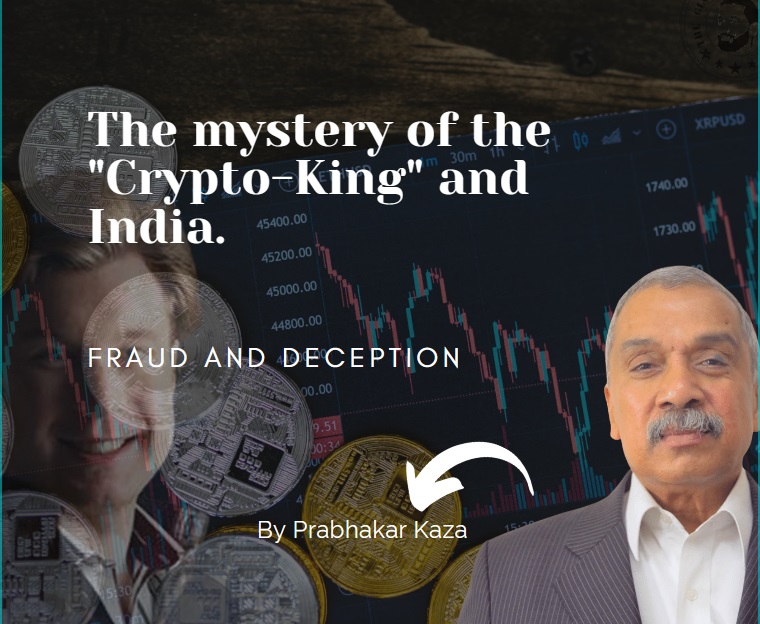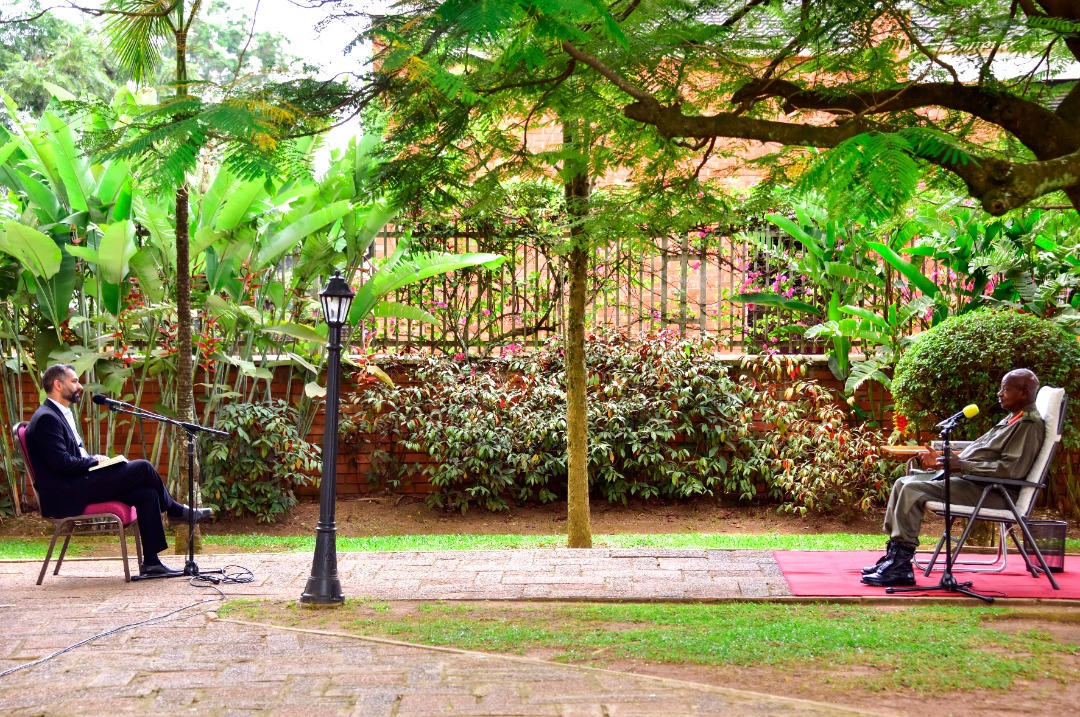When 15, ninth grade Gerald Cotten in Belleville, Ontario, Canada, was selling get-rich-quick schemes on online forums and learnt how to deceive investors covering his tracks. This gave him a good grounding to the world of digital currencies and outright financial scams. He soon became captivated by the charms of this surreal world called TalkGold, which was the meeting point for fly-by-night promoters of high-yielding investments and gullible investors. He learnt to use fake names, mask location and use his own shady ventures to push them on the forum. His early online activities proved to be a good training ground for launching cleverly camouflaged schemes and manoeuvring his way out of trouble when he ran into one. He then graduated from York with a Bachelor of Business Administration in 2010.
When he was 25, he found that there was a need in Canada for a cryptocurrency exchange, as its citizens wanted to buy Bitcoins but there was no easy way to do it. So he partnered with Michael Patryn (whom he had known from dark-web surfing days) to form a cryptocurrency exchange-Quadriga Fintech Solutions (Quadriga in classical mythology is the chariot of the gods, delivering light and dispersing darkness). The company became so popular that it actually helped legitimise bitcoin in Canada as its largest trading cryptocurrency firm. Vanity Fair eulogised “Cotten was a computer nerd who had entered the right business at the right time and succeeded beyond his wildest dreams.”
The online exchange was launched in Dec 2013 and a second Bitcoin ATM was installed in January 2014. Quadriga started by doing only local trades. In the first year of operation the company did only C$ 7 million worth of Bitcoin exchange. Instead of Bank transfers the company stored customer funds in paper wallets in safe deposit boxes. In Corten’s words “ we don’t need to go back to the bank, every time we want to put money into it. We send the money from our Bitcoin app directly to the paper wallets and keep it safe that way”
The company tried to raise money and list on the Canadian Securities Exchange. It could raise only less than a million, so plans to list were cancelled (early 2016).
Quadriga had only four employees in 2015 with offices in Vancouver and Toronto, but by June 2015 it ran out of money. In June 2016 Cotten became the sole director, as by then all other directors left the company.
The company at this point of time had no employees, offices, or bank accounts. The swindle bundle was well-designed and complete!
2017 was a phenomenally frenetic year for Bitcoin, with the price zooming from US$ 1,000 to US$ 20,000. The boom brought its own problems for Cotten in the form of increased commissions causing cash-flow problems(as the transactions were cash-based-not wire transfers- and did not have a reliable accounting system). The unreliable books of accounts led Quadriga to announce in June 2017 that they had lost Ethereum worth US$ 14 million due to a smart contract error.
2018 was the year when Bitcoin took a downturn and the prices crashed. The investors were in a mood to sell. The Exchange customers reported delays in withdrawing dollars. Then came a blow in the form of account freezing by Canadian Imperial Bank of Commerce, worth CS$ 28 million, as the Bank could not establish the ownership of funds nor contact Cotten.
Cotten used other payment processors too—WB21(a Digital Bank) in which $ 165 m was lost and Crypto Capital( a banking platform that allows its users to deposit and withdraw funds to any cryptocurrency exchange around the world) in which $ 851 m was lost or stolen.
The report of the global consulting firm Ernst & Young (Independent monitor appointed to temporarily manage finances) in January 2019 reported (which a large number of investors by then suspected), that Quadriga did not have a single Bank account but instead used a third-party payment processors(Money Transfer Services). Worse still, the Exchange had no formal accounting system and the business was run from Cotten’s encrypted laptop from his home in Fall River, Nova Scotia, Canada.
The co-founder and internet entrepreneur Michael Patryn had his own scars and a hoary past to hide. His real name Omar Dhanani, a former US prisoner and deported to Canada. But he claimed to have left the company in 2016 before Quadriga became a Ponzi scheme.
The Cryptic death of Cotten
Just when the investors thought that the business could not get any messier, on 14th January 2019, Quadriga Fintech Solutions Corp announced its founder Gerald Cotten died. The world was informed that he had been to Jaipur (India),staying at The Oberoi Rajvilas, on a trip to India (involving inauguration of a 12-bed orphanage built partly funded by them at Hyderabad) along with his wife Jennifer Robertson (They met online in 2015 and married on 8th June 2018) and died, aged 30,of Crohn’s disease (a long term condition that Cotten had from his teens, in which the gut become inflamed) in Fortis Escorts (a private hospital) at 7:26 pm IST on December 9,2018.
The news shocked the 76,000 investors who lost CS$250m (US $ 190m) in both cryptocurrencies and fiat (By then Quadriga was the largest Canadian Exchange).
Cotten’s body was repatriated to Canada and buried in Halifax, Nova Scotia on 14th December 2018. As the death was due to natural causes and Cotten had a history of the disease, post-mortem was deemed unnecessary by the local doctors. The world was more confounded with the news that he signed a will on 27th November 2018, twelve days before he died.
To add to the mystery, the ill-fated investors were informed that Cotten had taken the passcodes of his laptop/wallets to the grave and none one could access the cryptocurrencies(held in Quadriga’s cold wallets) or the cash. To add to their misery the Blockchain (a public ledger used for cryptocurrencies) analysts later reported that they were unable to find evidence of Quadriga’s cold wallets. Ernst & Young found several Quadriga cold wallet addresses, which were empty since April 2018. However Quadriga continued to accept deposits till 26 Jan 2019. The Globe and Mail (a Canadian newspaper) did an in-depth investigation into the several aspects of his demise, including personally deputing a journalist to Jaipur.
Ponzi Scheme: In June 2020 the Securities Commission officially concluded that Quadriga was indeed a fraud and a Ponzi scheme (paying the earlier investors from the funds of the latter ones). Cotten committed frauds, opening accounts under aliases and credited himself with fictitious currency and crypto asset balances which he traded with unsuspecting clients. It was an old-fashioned fraud enveloped in 21st century technology. The schematic orchestration also included taking the user’s real dollars (while providing them with fake cryptocurrency funds) and tried to gamble it on other external cryptocurrency sites. Unfortunately, he lost it all and, in the end, there was no money to return to his customers.
Questions surrounding his death: The circumstances around Cotten’s sudden death left investor with several red flags.
1.How did a healthy-looking man suddenly breathe his last?
2.Why the quizzical love for the Indian Golden Triangle tour?
3.Why did he write a will just two weeks before his death ?
4.His name spelt incorrectly on the death certificate as Cotton.
5.The closed casket funeral added to the mystery. At no point in the transport of Cotten’s body from India to its burial in Canada was anyone, required to identify the body.
6.The entire trip to India was for inaugurating an Orphanage.
7.Why was it only partly funded by Quadriga? B. Why did he plan to spend only two hours at the inauguration.
8.To lend support to the conspiracy theorists, after being dormant for years, five wallets connected to the defunct QuadrigaCX were exchanged for almost $1.7 million worth of Bitcoin on 17 December 2022.
While the Jaipur police and Indian government confirm his death, his clients believe that he orchestrated his death and is happily living now on an undisclosed island with a cosmetic-surgery-altered face. They have requested for exhumation, but no serious attempt has been made so far. The widow all along maintained her innocence and if one can believe it, denies any knowledge of Cotten’s fraudulent activities/the bundles of cash he handled in paper wallets. She reinforced her statement by telling CBC’s Andrew Chang "I just really hated the questions, like, it seemed that I should have known. I've already said it a million times now: I don't know.… I'm tired of defending myself for something I didn't do." In any case she is not under any investigation or facing any criminal charges.
She further tried to pacify the hapless investors by agreeing to forfeit her US$ 12m inheritance. While the bruised investors demand answers the secret now lies in Cotten’s grave and Jennifer’s proclaimed innocence. In sum, he was not the man he appeared to be, but a man of greed with muddy past who gambled away other’s money and planned an exit scam.
CoinDesk (a news site specialising in bitcoin and digital currencies) says that the evidence at hand does leave room for debate. “Putting together all we know, it looks most likely that while Cotten was planning to disappear, he died an untimely death in India in 2018”
Gerald Cotten joins the other illustrious names--Bernard Madoff, Lou Pearlman and Dr.Ruja—who have made the hitherto little-known Ponzi scheme (made famous by Charles Ponzi in the mid-1880s) into a global catchword.
The popular media has made its efforts to see that the quick-rich investors do not fall a prey to such unfounded schemes. 1.Canadian documentary: Dead Man’s Switch: A Crypto Mystery and 2.Netflix documentary “ Trust No One: The Hunt for the Crypto King” .
The book the Bitcoin Widow: Love, Betrayal and the Missing Millions by Jennifer Robertson(Cotten) may not be the last chapter of QudrigaCX.
By Prabhakar Kaza for the Global Indian Series
You can listen to Prabhakar Kaza here:
-------------------------------










